The creel deal: The Scottish Highlands producers with a lot on their plate
Just 90 minutes north of the Highland capital is a tiny and remote area that’s reinventing itself with artisan gin and ‘creel to meal’ fishing that’s as sustainable – and fresh – as it gets

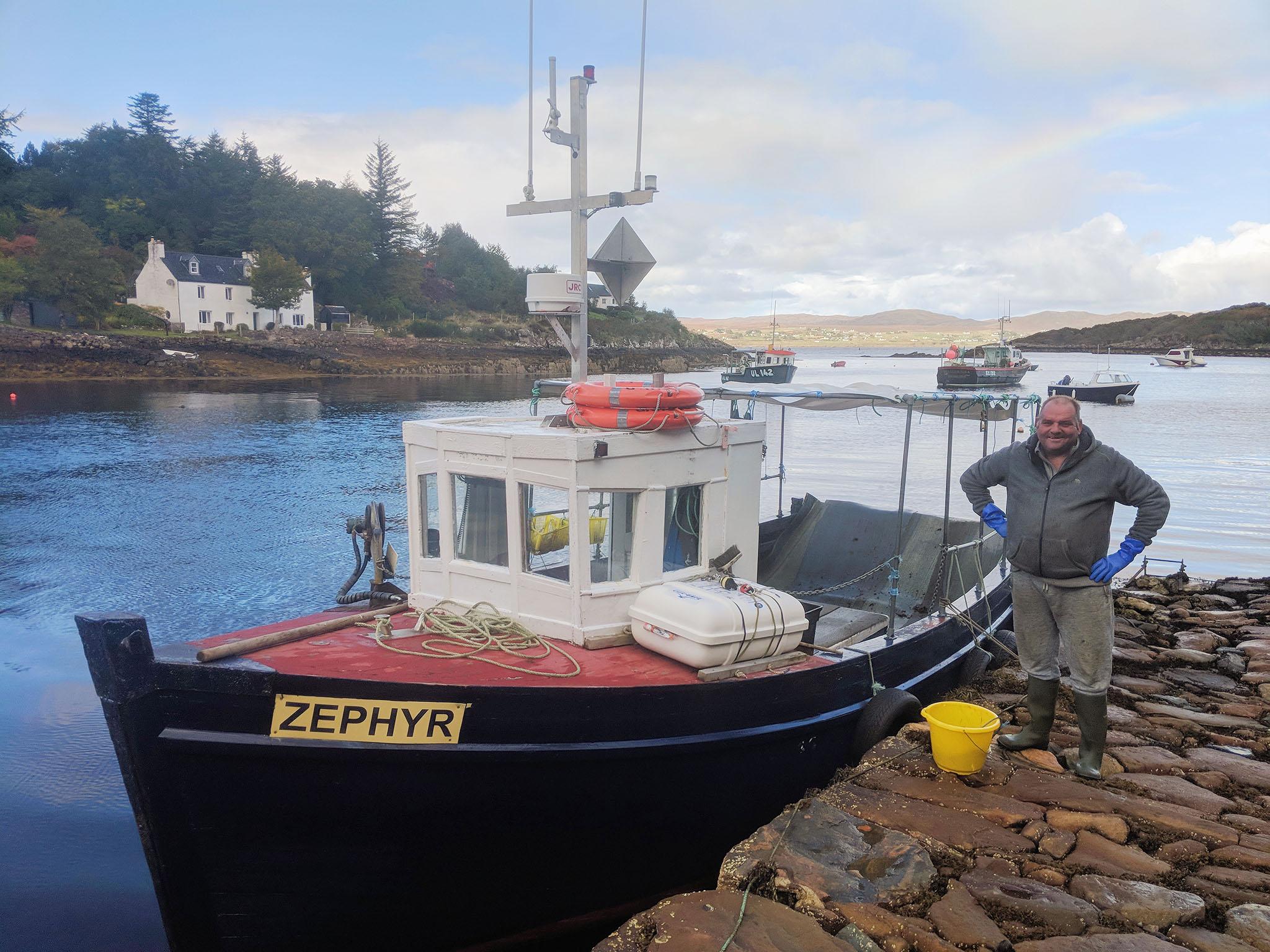
“I’m actually allergic to shellfish,” says Ian McWhinney, who is from a long line of fisherman and has been one all his life. But here we are, on his boat on a Saturday afternoon creel fishing in a sheltered bay just off Badachro in the Scottish Highlands.
The weather’s reliable inconsistency is made up for by the scenery: uninterrupted dramatic mountains draped in yellowy gorse, dotted with tiny islands and inlets, surrounded by deep and dark indigo waters with low lying clouds clearing as quickly as they arrive.
“A lot of fisherman become intolerant as they get older,” he says. Creel is Gaelic for pots, and we’re pulling up some of his 500 pots sitting in the loch in the hope of catching something great for dinner.
It’s a method of fishing that’s sustainable and unobtrusive, unlike trawling that drags a net along the ocean bed, pulling everything in its path into its net and killing it.
Creel fishing keeps all the hopeful catch alive, and it’s flown around the world, destined for anywhere from Barcelona to Beijing and will arrive alive, says Ian.
It’s a shame for him that he can’t eat it, as we’ve actually got a fairly decent haul, so we’re told. Although I’m sure he’s eaten a lifetime of the stuff to remember what it tastes like…
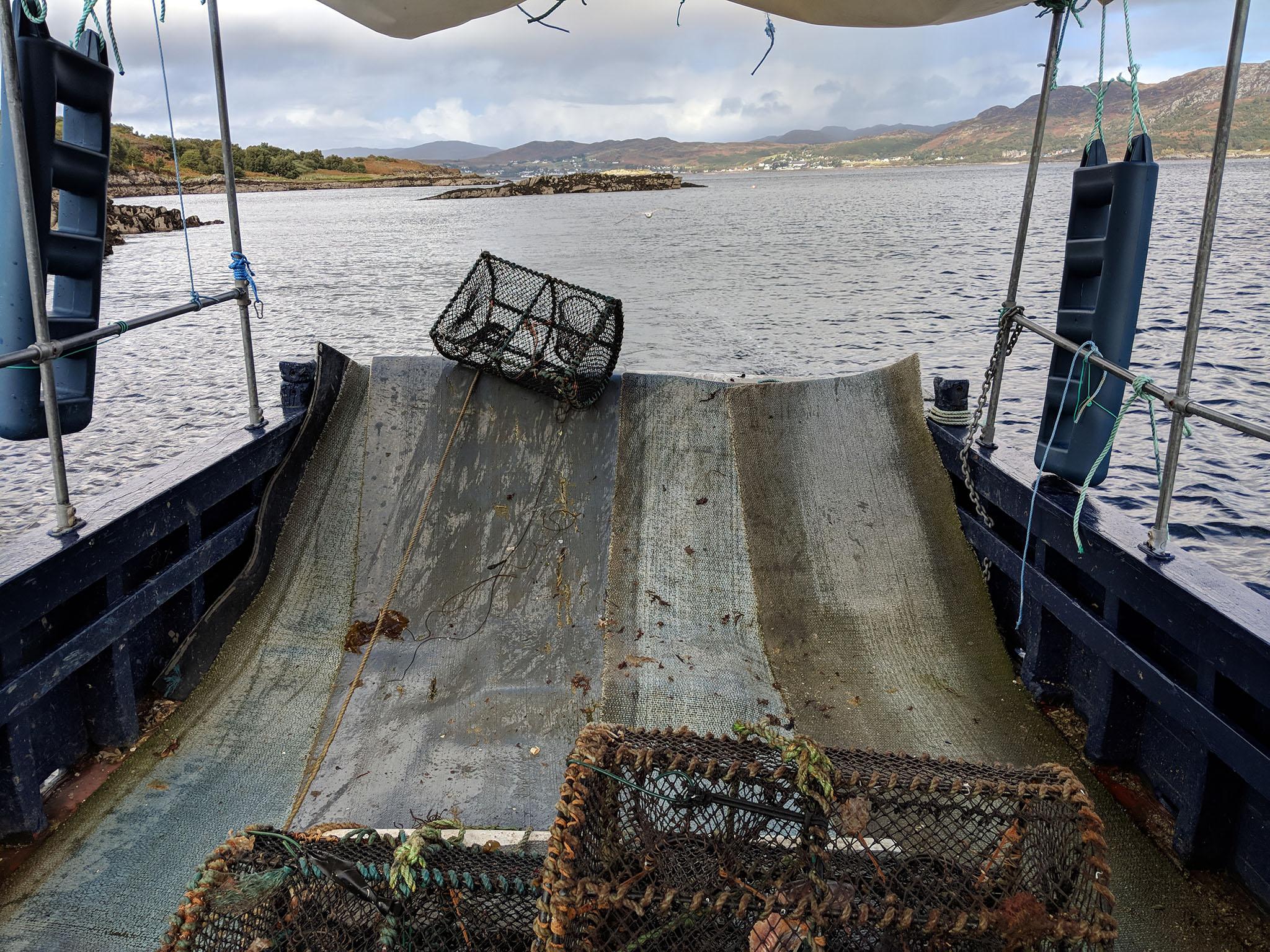
What you’re really looking for is brown crabs, velvet crabs (both named for their obvious appearance and feel of their shells), lobsters and langoustines. Although Ian is selective about what he keeps, depending on size.
“Here, we catch prawns, but sell langoustines,” he jokes, clearing up the lack of difference between the two that most people have long wondered about.
One of the real specialities of the area though, is the squat lobster. They don’t travel well, so you’ll likely only find them on your plate close to where they’re caught.
Looking more like a prawn that’s lost its long body, they’re small – but often have disproportionately large pincers – and use their little tails to try and escape, which they even do in the water-filled box we’re keeping them in.
Sadly for them, they don’t escape and it’s our dinner. It’s what Ian – who certainly isn’t missing a trick – calls “creel to meal”. Well, for us anyway.
Ian and his family are the sole inhabitants on the rather ironically named Dry Island just outside of the village, accessible only via a long bridge made from recycled plastic that rises and falls with the tide. He’s from a long line of fisherman in his family that stems from the Mackenzies, who have lived and fished in the area since the 15th century.
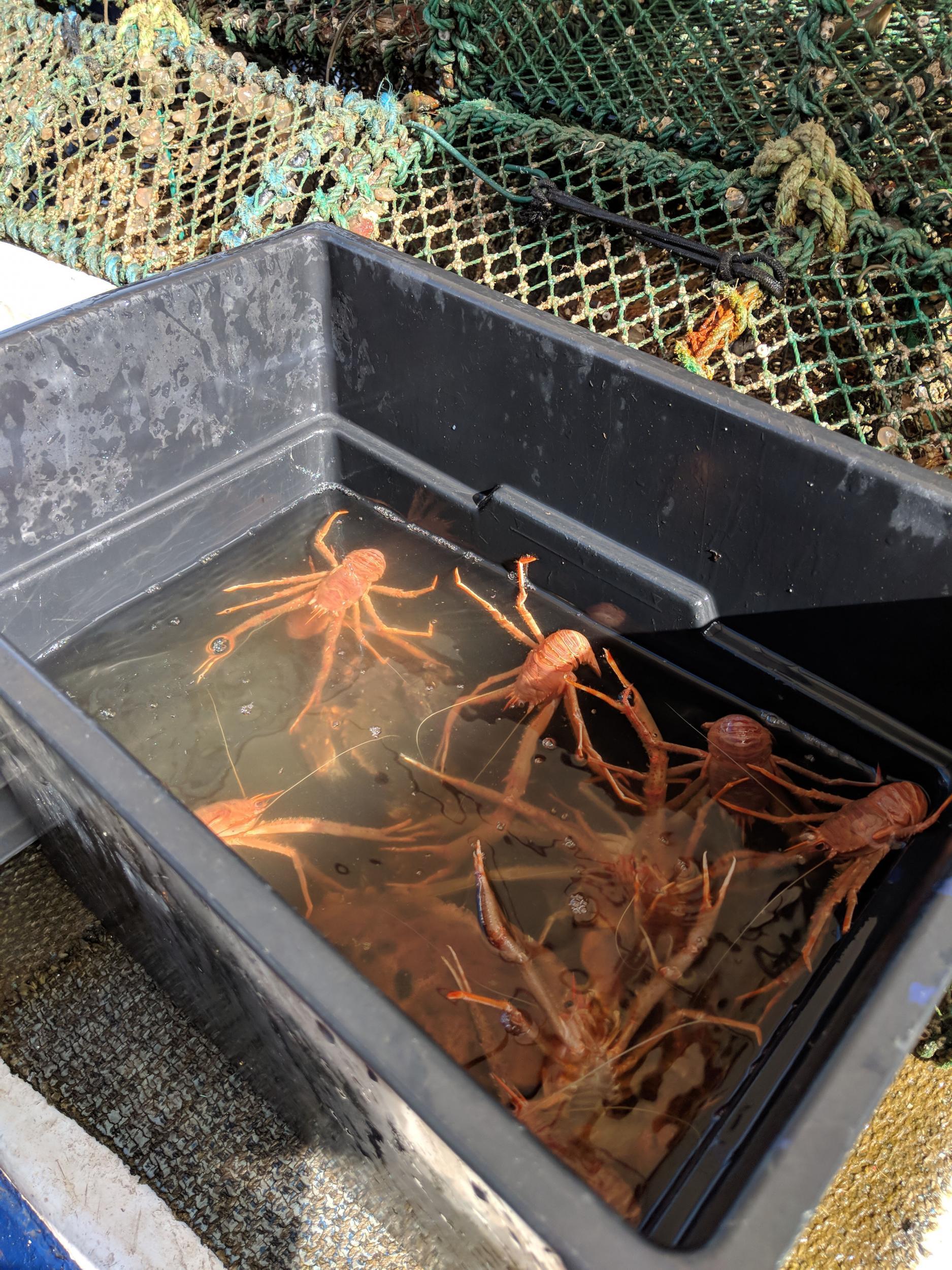
At the turn of the century there were 200 fisherman in this little area, and now there’s two. And he’s the only creel fisher. Sustainability is more than a buzzword to him; it’s his livelihood.
Back on dry land, Ian sends us on our way, with a bucket of our freshly caught seafood, two miles on a windy road to our hotel, the 19th century hunting lodge, Shieldaig Lodge.
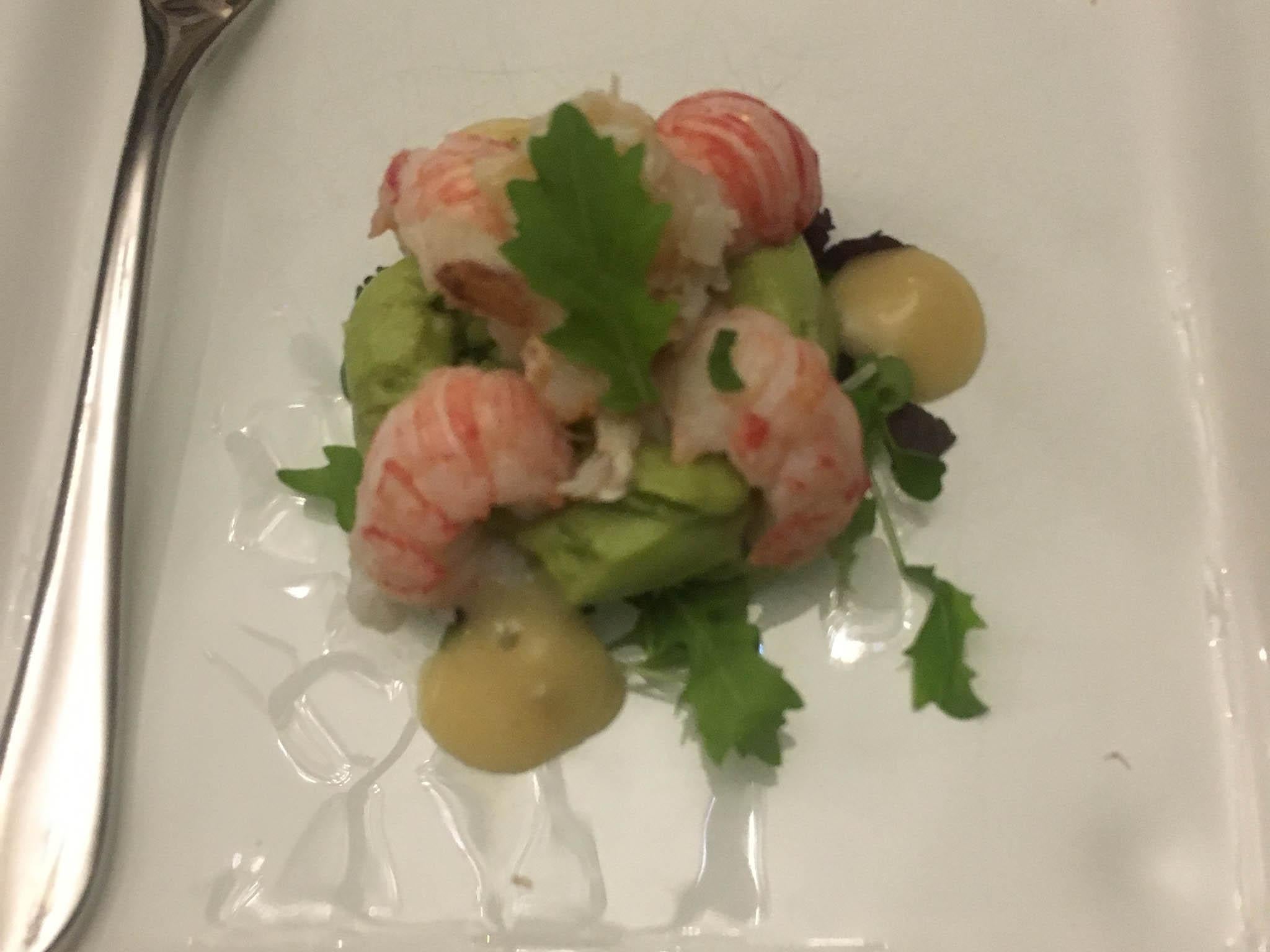
It’s a 26,000 acre sporting estate that was recently renovated. It’s here chef Jerome Prodanu is cooking up our creel meal in a matter of hours. It’s near impossible to get fresher than this, and our only part in it – aside from watching – is the delivery.
Rarely do you get to see where your food has come from more intimately than this. From our five course seafood supper at the hotel, which overlooks the loch our catch is from, it’s the creamy and oh so decadent lobster veloute (just as it should be) and those little squat lobsters that are served with just pureed avocado and allowed to shine, just as they are, that stand out.
Aside from its fresh seafood from the loch, vegetables come from the kitchen garden, fresh water trout from a series of inland lochs, and venison from the estate’s herd.
But it’s not all about the food, as Shieldaig Lodge has one of the most comprehensive collections of Scottish gins in the country, which currently stands at a whopping 100 (last time they checked, anyway). From the Indian Summer saffron-infused gin, to Rock Rose made in Scotland’s most northerly distillery, Dunnnet Bay, just 11 miles from John O’Groats, to the winner of the Scottish Distillery Awards last month, Harris gin from the westerly isle, to their very own local variety named after the village, Badachro gin.
The local artisan gin was launched about 18 months ago by husband and wife Gordon and Vanessa who met in the village after visiting it separately for five consecutive years and never meeting, finally at aged 21 they met and married 12 weeks later. After leaving their corporate jobs that took them around the world, the pair returned to Badachro and now live in a house overlooking the bay and the pub.
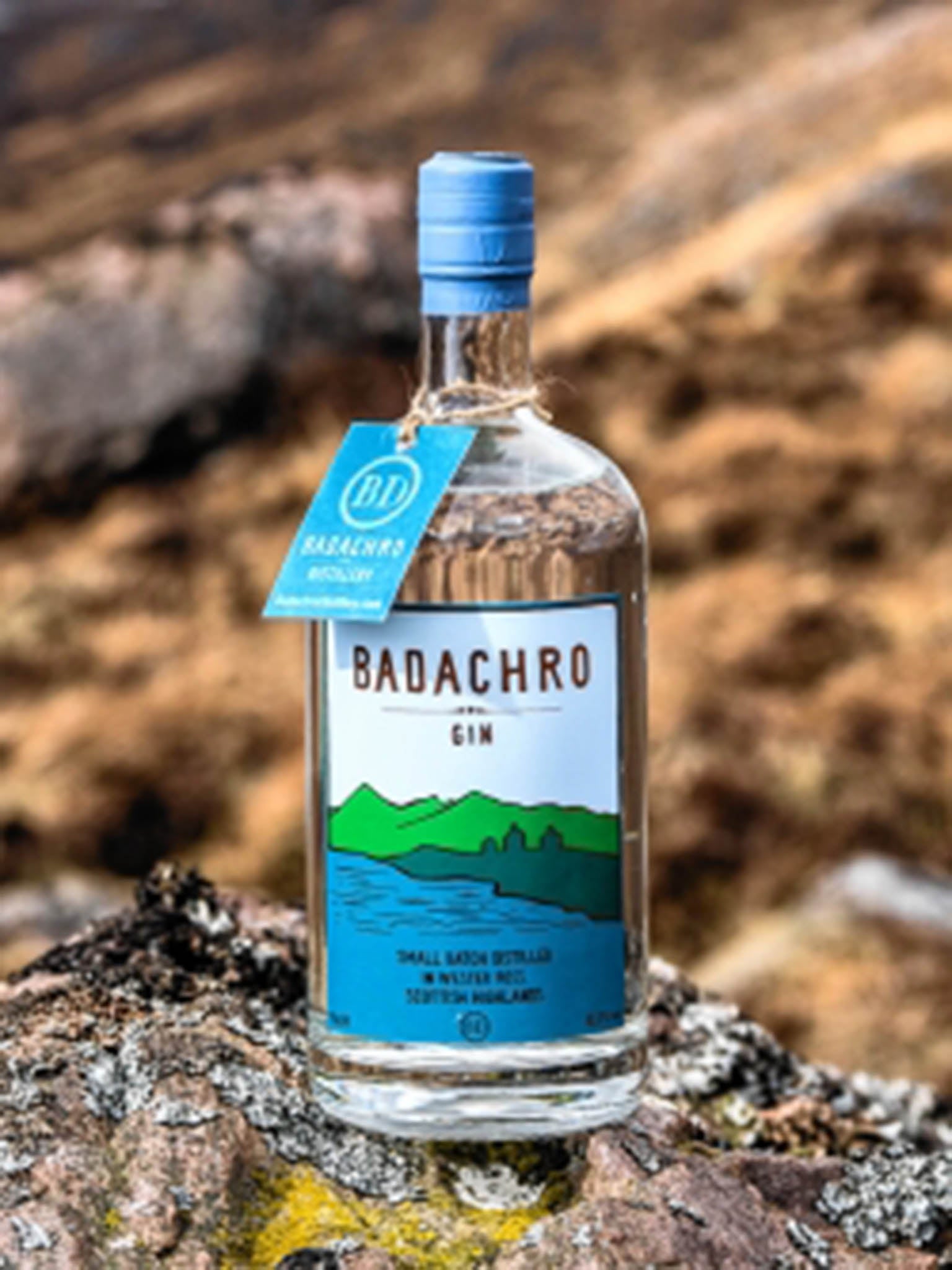
It’s practically a one-man band operation that’s created in the garden shed, with the help of another woman, Deliah – the distilling pot.
Vanessa’s background in horticulture led her to study botanicals which has formed the backbone to capturing the essence of the place and local botanicals including myrtle (naturally salty from its seaside location), gorse blossom, lavender from the garden, rose hip petals and elderflower.
It’s a bold and slightly floral gin with a finishing taste of a hint of lavender (that Gordon’s keen isn’t overpowering), and really embodies the true meaning of artisan.
It’s stocked at some wine merchants in Scotland, and there’s a handy little map on the website of stockists, and of course the Badachro Inn, but understandably isn’t quite ready to be able to keep up with huge orders that supermarkets would want, despite them asking.
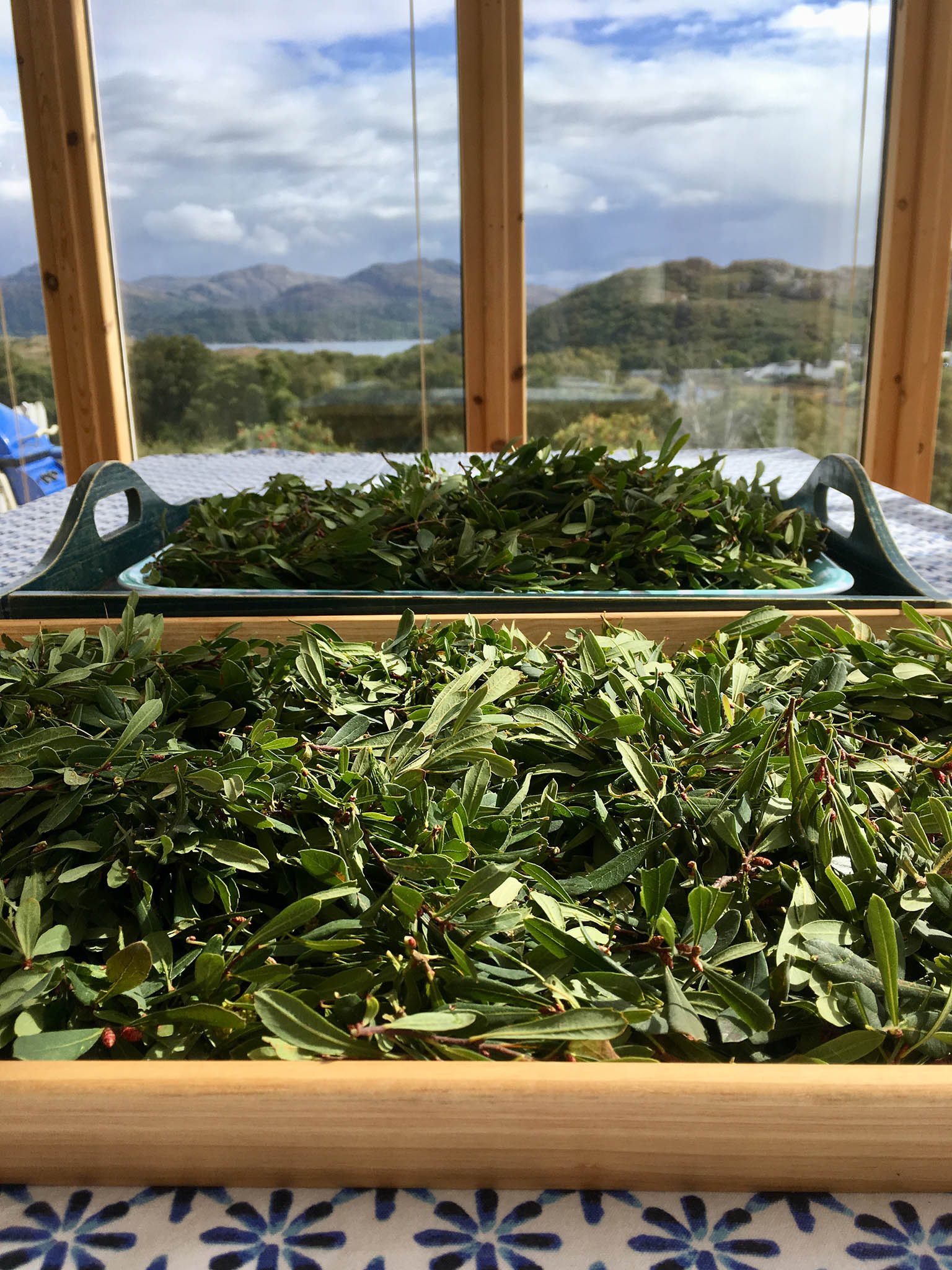
“We’re flattered to be approached by some of the big names, but we’re in no rush to grow,” he says. Gordon wants it to increase the business organically, and retain its premium status.
He’s not ruling out stocking in London and even big shops, but not just yet. For now, unless you’re in Scotland, or Munich where Vanessa is from, online is most likely your best bet to buy it.
Although it’s almost certain to be Scotland’s smallest distillery, it’s one of around 120 in the country. Scotland is famous for its whisky, but gin is quicker to make and as it requires the same kit, many distilleries have turned their hands to attempting to suffice our ever growing obsession with mother’s ruin.
The same can’t be said for the once-thriving fishing industry. For Ian, he’s opened up his small island to visitors with self-catering properties and boat tours of the area and with plenty of local history.
But will Brexit make things better for fisherman like him? It’s highly unlikely. Trawlers will still trawl, he says. “It’s only legal because it happens underwater. If it happened above the water, everyone would see the devastation and it would be banned, immediately.”
For now, Ian will carry on fishing and preserving the incredible natural beauty of this remote area, both above and below water.
Join our commenting forum
Join thought-provoking conversations, follow other Independent readers and see their replies
Comments